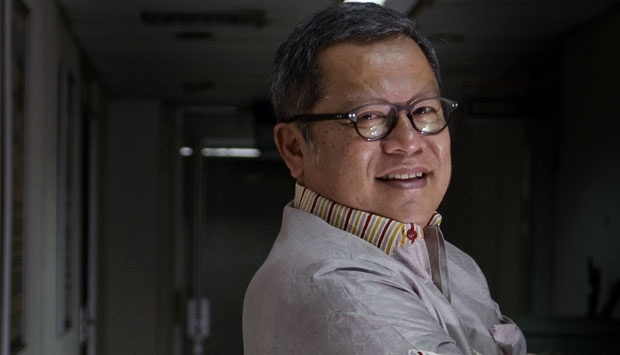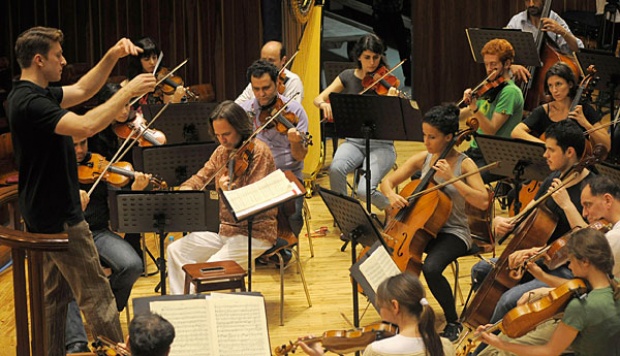
TEMPO.CO, Jakarta - Upon completion of the ngampeken tulan-tulan ritual in Bintang Meriah village in Karo regency, North Sumatra, Adri Istambul Lingga Gayo took a deep, relieved breath.
The skull of his ancestor, Raja Senina Lingga, could now rest in peace in the geriten, the gazebo-like construction meant to serve as the ancient ruler's final sanctuary. "For the Bataks of Karo subethnicity, building a geriten for their ancestors would win them the highest prestige," said Adri, a descendant of Raja Senina Lingga.
The building is viewed with such high importance that many people put more effort into it than they do into their own house, said Adri, 43. "Those who are not of the king's descent build the geriten," he said. Bengkel Ginting, a sociology lecturer at North Sumatra University, shared that opinion. "A beautiful geriten indicates that the descendants of the deceased have become established," he said. It is not prestige alone that they gain. "Building a geriten in its best construction, they believe, can appease their ancestors," Bengkel said.
The geriten tradition is a relic of cremation rituals practiced in the area before the arrival of Islam and Christianity, Bengkel said. "Cremation shows the influence of Hindu culture," he said.
The Batak Karos believe their ancestors came from India. According to folktales, in former times there was a warrior who was cast ashore at the Babura River that now divides Medan, capital of North Sumatra. The warrior, his children and followers walked upland and found a wide plateau between Sinabung and Sibayak mountains, around 50 kilometers from Medan. There they settled down and had children.
The Indian cremation tradition therefore moved to North Sumatra. But there is a difference between the practice in the two lands. In India the ashes are thrown into the river, but Karo people keep them in a stone container that resembles a miniature house.
As time went by and the new religions spread, people became more acquainted with funeral rites. When the Dutch occupied Sumatra's upper tip, a war broke out and many Karos fled. During the escape, many died and had to be given emergency burials. "Usually they marked the burial site with signs so the grave could be rediscovered," Bengkel said.
When things cooled down, the survivors returned to the grave sites so they could take the petrified corpses to a better place. It is this ritual that became known as the ngampeken tulan-tulan procession.
Bengkel said the Karo habit of building a sanctuary for the ashes had now manifested itself in the geriten, in which the bones are kept. But he said there were also people who reburied their ancestors' bones.
It was not just the emergency that drove Karo people to adopt the ngampeken tulan-tulan, Bengkel said. Lack of funds also had something to do with it. "To compensate the unfulfilled ritual, they feel obliged to build a decorous tomb," he said.
Pulumun Petrus Ginting, another scholar who studying Karo funeral rites, agreed with Bengkel. He said that in the past the Karo cremated their parents' corpses. After a long period of time, this tradition came to coexist with the ngampeken tulan-tulan.
Cremation is no longer practiced. "It was performed for the last time in Barus Jahe subdistrict, Karo regency, in 1946," Pulumun said. In the same way, ngampeken tulan-tulan has become less common because it costs so much to carry out.
TEMPO






















